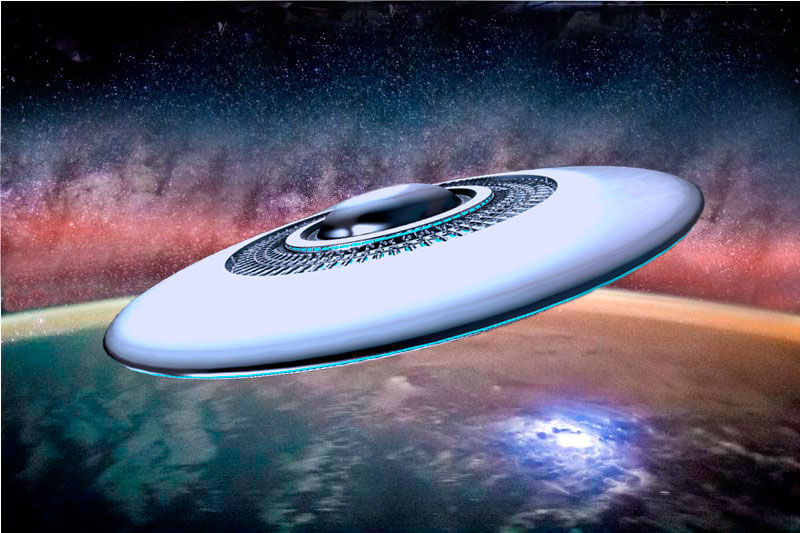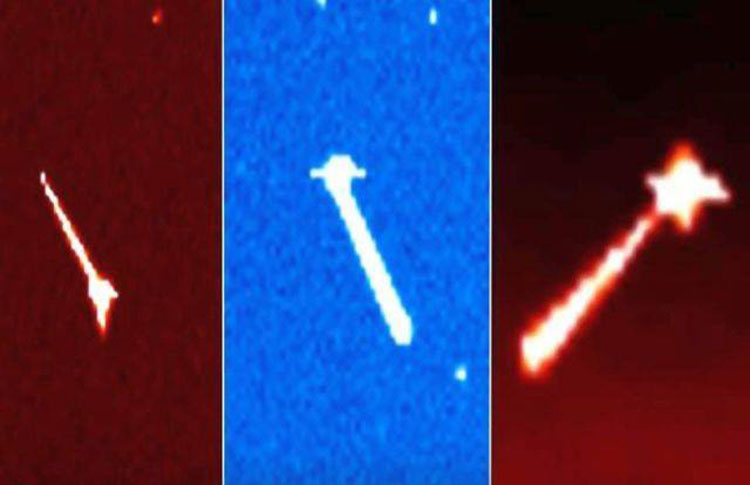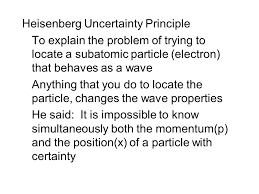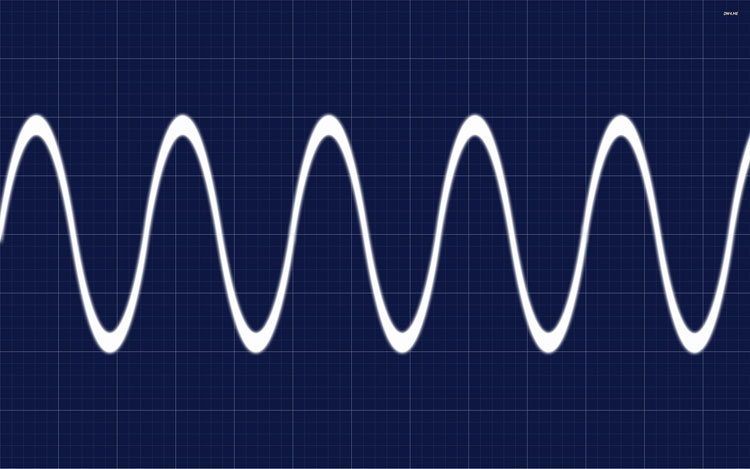 by Daniel Fry
by Daniel Fry
Perhaps the greatest obstacle to man’s achievement of his dream of space travel has been a factor which has been given the name of Gravity. Its ‘discover’ is usually credited, in elementary school test books, to a seventeenth century mathematician and physicist, Sir Isaac Newton. Actually, of course, every man ‘discovers’ gravity soon after birth; and the stone age man who first rolled a boulder down upon the head of the cave bear who was attempting to scramble up the cliff after him, was making a practical application of this force. It was, however, Sir Isaac Newton who first made a complete mathematical analysis of the subject. His conclusions were compatible with subsequent observation and test, and were virtually unchallenged until the dawn of the era of relativity.
In brief, his conclusions were that gravity is a quality which is inherent in all matter, and that it manifests itself as a mutual attraction between all bodies of matter. The value of this attraction between any two given bodies was said to be directly proportionate to the product of their mass, and inversely proportionate to the square of the distance between them. The attraction between the earth and an object near its surface is known as the weight of the object. The difficulty with the statement that the force varies inversely as the square of the distance lies in the implication that if the distance becomes zero, the force should become infinite. Thus it would at first seem that a man standing or lying upon the surface of the earth would be one of two bodies between whom the distance was zero, therefore, the weight of the man should be infinitely great. The reply to this assumption is that the Force acts as though it originated at the center of the mass, called the ‘center of gravity’, and that the man on the surface of the earth is still some four thousand miles from its center of gravity. This explanation, however, creates a new problem in that, if we accept it literally, we must assume that if there were a well or shaft extending to the center of the earth, and if a man descended this shaft, his weight would increase as he approached the center of gravity, becoming infinite as he reached it. Actually, of course, his weight would decrease, becoming zero when his center of gravity coincided with that of the earth. So we are forced to the further explanation that gravity is inherent, not in ‘bodies,’ but in particles of matter, and since a man at the center of the earth would have an equal number of particles attracting him from every direction, the resultant of the forces would be zero. (more…)




















